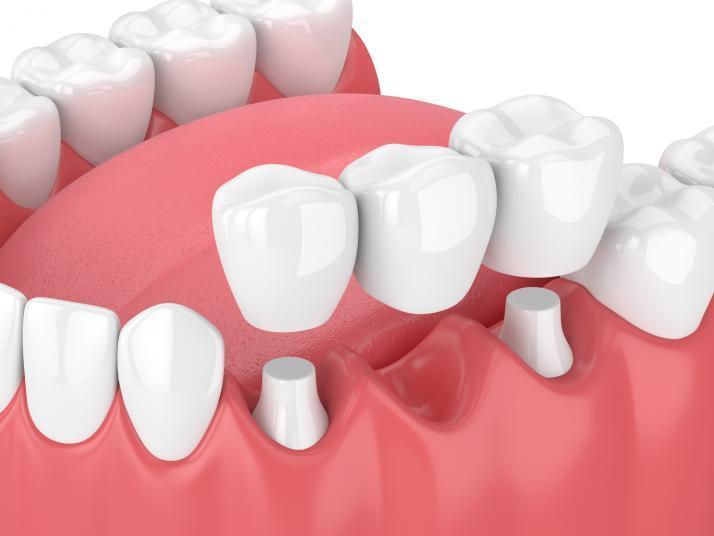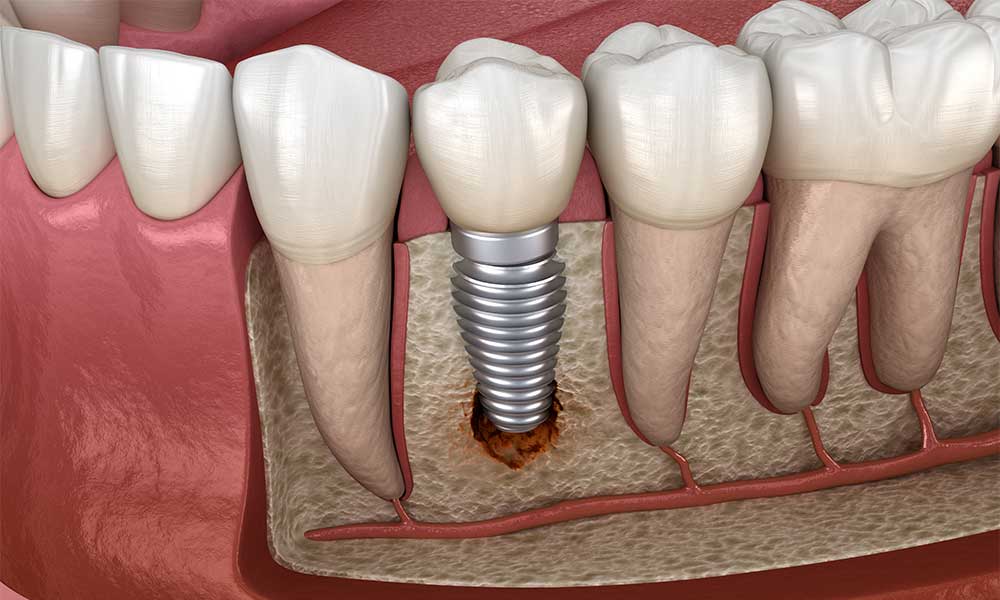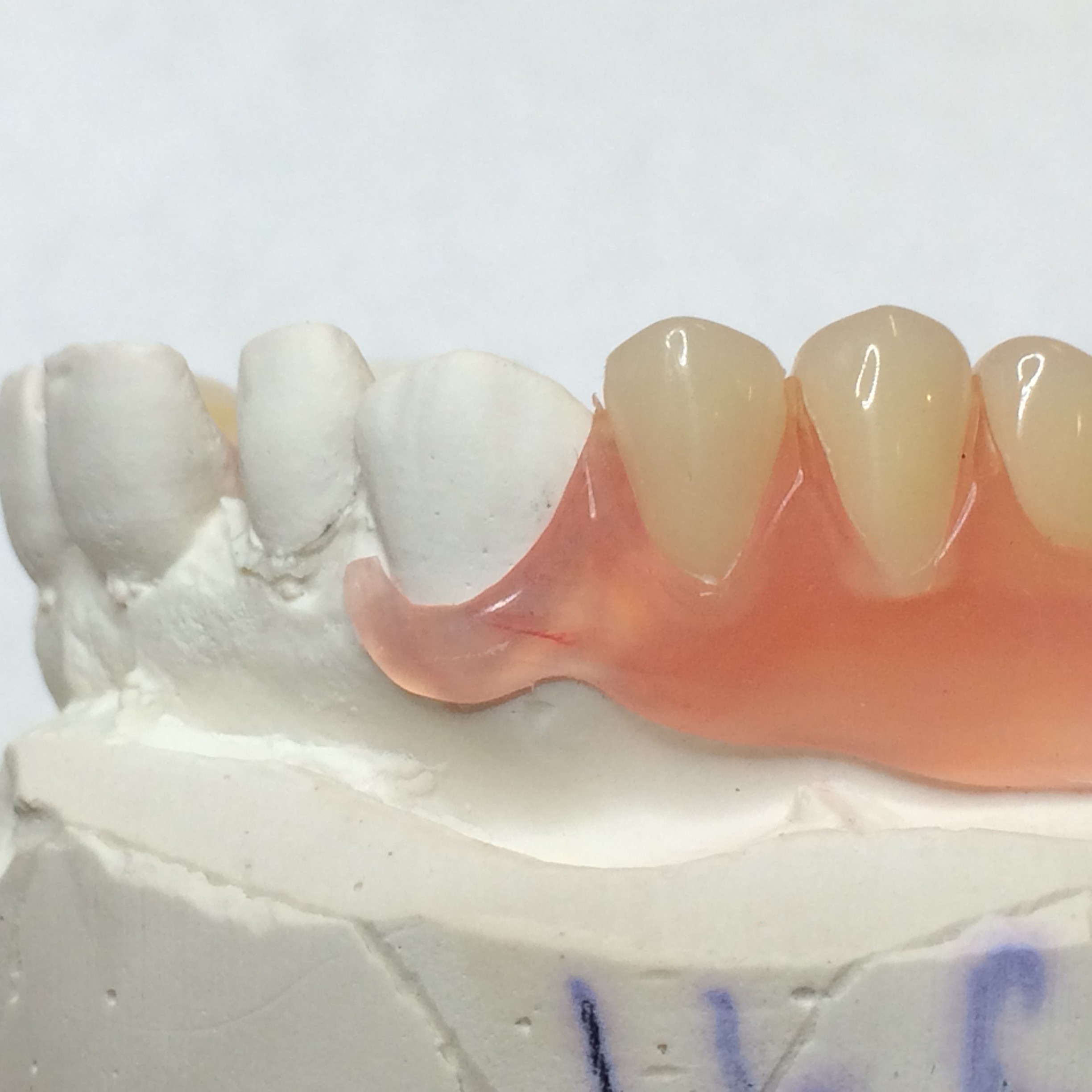A leading visionary in dental care
With our commitment to excellence and several years of experience you can feel calm and confident about your dental care.
Restorative Dentistry/ Cosmetic Dentistry Fillings
A dental filling is used to fill a cavity (a hole that has formed in your teeth) or other damage such as a chipped tooth. Cavities can get bigger over time, so the sooner they’re spotted and filled, the less likely you are to have problems later. That’s why regular check-ups are important.
Without treatment, a cavity or chipped tooth can lead to toothache , bad breath, infection, and even the fracturing or loss of your tooth.
People of all ages, even young children, may need a tooth filling. Perhaps you have a nagging toothache, sudden pain when you bite down, or sensitivity to hot and cold. You may even have noticed a cavity, or food getting caught in a damaged tooth.

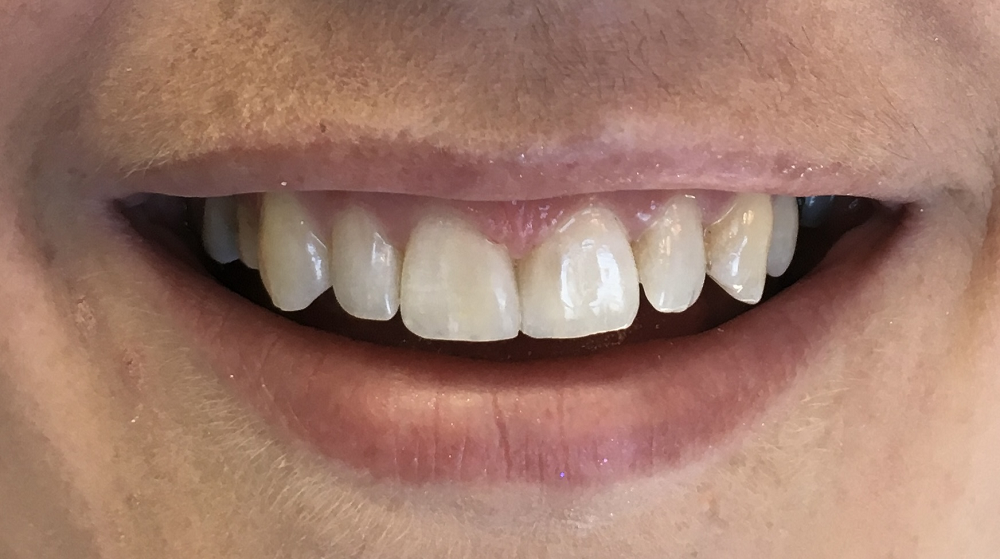
Our Special Services

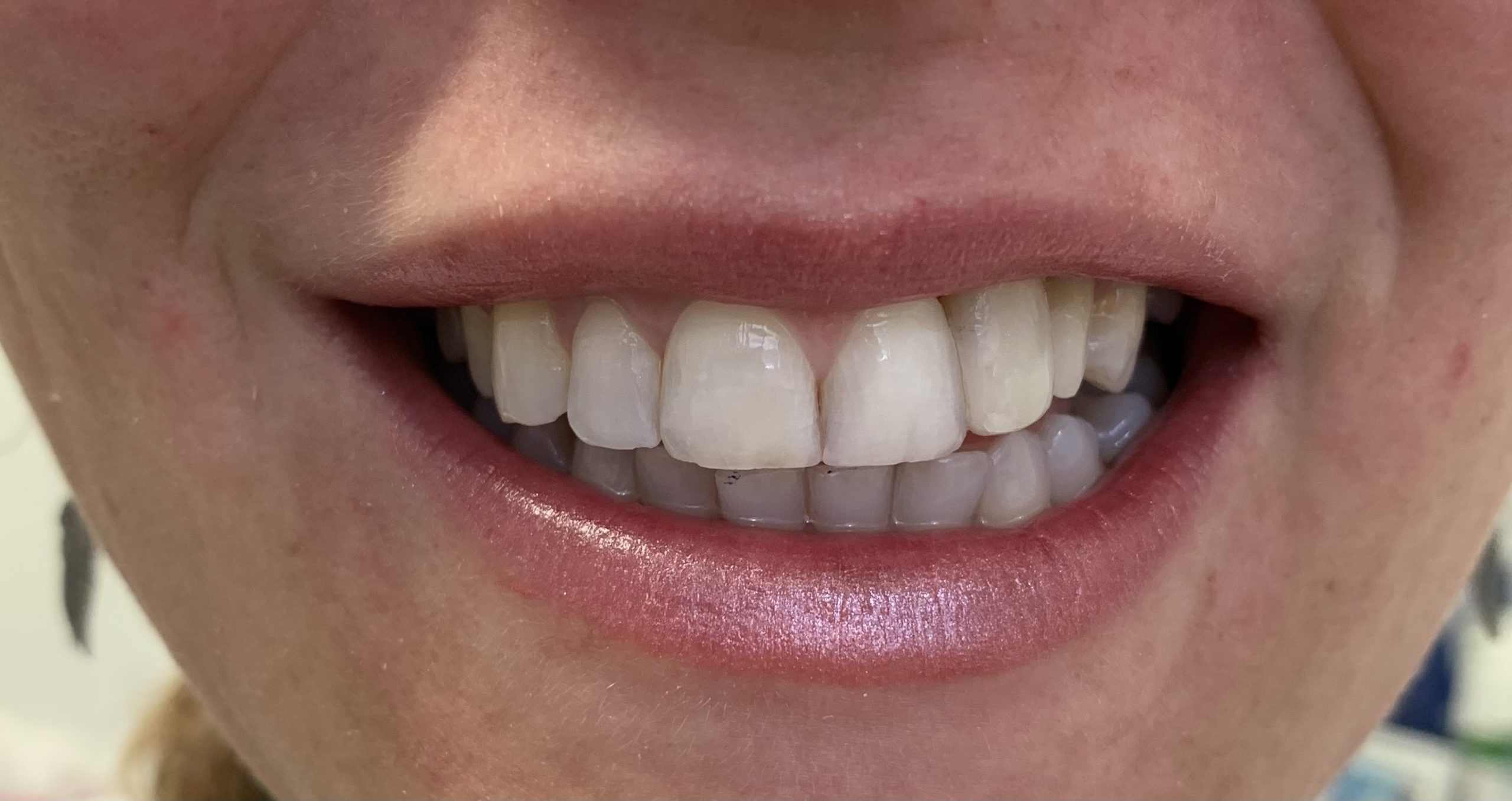
inlays, overlays, veneers
If a standard filling isn’t suitable, your dentist may recommend an inlay or overlay (sometimes called onlays, too). They are more suitable for larger chewing surfaces, such as your back teeth. Inlays fit into the hole in your tooth, while overlays build up the shape of the tooth. Dental veneers can dramatically improve the appearance of your smile. Patients with cracks, chips, gaps, discoloration, worn teeth, or mild tooth misalignment can all benefit from dental veneers. They can be made from metal, composite or porcelain.
Crown
A dental crown completely encircles a tooth from the gum line up. If your tooth is damaged, decayed, fractured or if you need a cosmetic makeover this type of restoration can transform your smile. There are three types of dental crowns, including all-metal crowns, all-ceramic crowns, and porcelain- fused -to- metal crowns. Using a digital scanner, we will then create a precise model of the tooth and its neighbouring teeth. This scan will be sent to a dental laboratory so the crown can be fabricated. Occasionally impressions are taken prior crown fabrication.

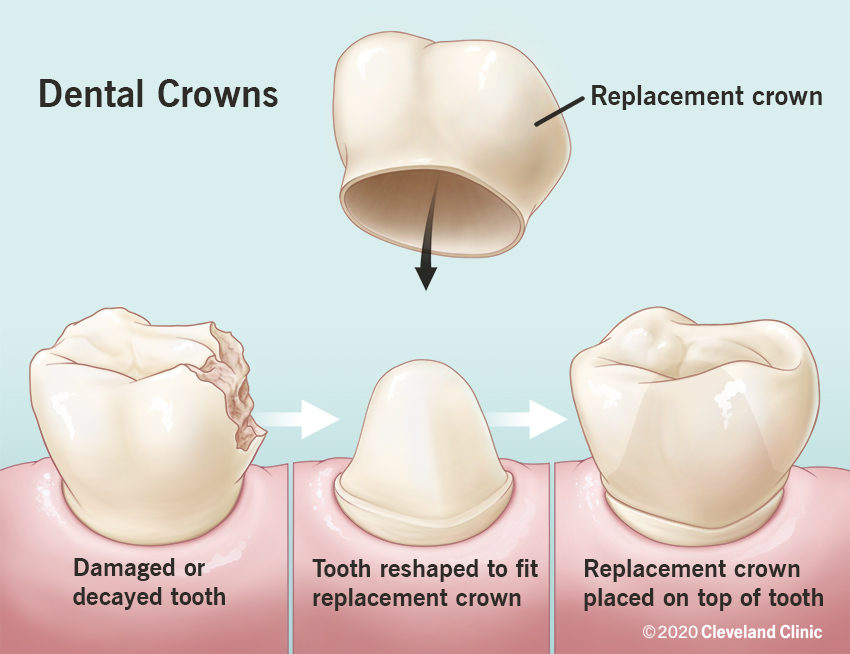
The three predominant material choices for full coverage crowns are:
- Porcelain-fused-to-metal: This type of crown is not used often as it has been replaced by all-ceramic crowns. It can be a strong, durable and aesthetic treatment option depending on the preparation of the underlying tooth structure and the skill of the laboratory technologist. One major downside of porcelain-fused-to-metal crowns is the tendency of the gums to recede over time, exposing the underlying metal.
- All-ceramic (all-porcelain): This type of crown offers you a metal-free and aesthetic option. This is a favourable treatment choice in areas with limited space as the crown is created without the need for the supportive metalcore. Also, the absence of the metal core offers a higher level of aesthetics.
- Gold: This is not a popular treatment choice due to aesthetic reasons. However, if you have a strong bite, or if you grind or clench your teeth a gold crown might be your best option. This is because it offers durability, longevity and requires less tooth preparation.
Bridge
A fixed bridge is a dental prosthetic that is worn to replace missing teeth. It is used when a patient still has some of their natural teeth. The bridge anchors itself to the surrounding teeth, also known as the abutment teeth. The bridge is attached to the abutment teeth on either side of the missing teeth. A pontic is an artificial tooth that fills in the space created by the missing tooth. In other words, the pontic “bridges” the gap. Fixed bridges will provide you with natural-looking results and will restore your daily functioning.
Why Choose a Fixed Bridge For Replacing Missing Teeth?
- A fixed bridge is a permanent structure: unlike partial dentures which are removable, a fixed dental bridge will not slide around while you talk or accidentally slip out of your mouth.
- A fixed bridge is convenient: you won’t ever be required to use denture adhesives.
- A fixed bridge does not require much maintenance: your oral hygiene routine will remain the same.
- A fixed bridge can help you look and feel your best: it increases your confidence and improves your facial structure.
Implant Restorations
When you lose one or several teeth your facial structure can become compromised, and your jawbone can deteriorate. Dental implants can help not only prevent this, but they will also function exactly like your natural teeth. Tooth implants are small titanium posts that fuse with your jawbone. Then, the doctor will place crowns on top of the posts so they will act like your natural teeth. Tooth implants can also range from a single tooth where there is an implant of one post and one crown to several teeth where there are ‘bridges’ that have two posts with a bridge of multiple missing teeth. Lastly, there are replacements for all teeth which are known as a full bridge or implant supported dentures.
Root canal treatment
Patients typically need a root canal treatment when there is inflammation or infection in the roots of a tooth. During root canal treatment, a general dentist or an endodontist who specializes in such treatment carefully removes the pulp inside the tooth, cleans, disinfects and shapes the root canals, and places a filling to seal the space.
Dentures (Full Dentures, Partial Dentures, VALPLAST)
Dentures are the removable options to replace missing teeth. When you wear dentures it supports the structures around your cheeks and lips. Dentures also restore your chewing abilities and make it possible for you to maintain a healthy diet. Not only that, but dentures can also replace your natural teeth that are causing you pain or other oral health concerns.
Getting a partial denture is a much less invasive procedure. Typically costs a lot less than having to replace a tooth.
If additional teeth are needed in the future, they are relatively easy to add.
Improves the overall comfort when chewing, eating, and speaking.
Easy to adapt to compared to complete dentures.
Can prevent any remaining teeth from shifting into gaps.
Why do people take their dentures out at night?
Even with a partial denture fitting, the gums can easily be exposed to air, have proper blood circulation, and gain some relief by simply taking them out at night.
VALPLAST Denture
Dentures are the removable options to replace missing teeth. When you wear dentures it supports the structures around your cheeks and lips. Dentures also restore your chewing abilities and make it possible for you to maintain a healthy diet. Not only that, but dentures can also replace your natural teeth that are causing you pain or other oral health concerns.
Getting a partial denture is a much less invasive procedure. Typically costs a lot less than having to replace a tooth.
If additional teeth are needed in the future, they are relatively easy to add.
Improves the overall comfort when chewing, eating, and speaking.
Easy to adapt to compared to complete dentures.
Can prevent any remaining teeth from shifting into gaps.
Why do people take their dentures out at night?
Even with a partial denture fitting, the gums can easily be exposed to air, have proper blood circulation, and gain some relief by simply taking them out at night.
Another term for Valplast Dentures is Thermoplast dentures. Essentially, the thermoplastic nylon resin that is used in the construction of a Valplast denture is thinner and more flexible than metal or acrylic dentures.
A Valplast denture makes eating and chewing more comfortable. They don’t just provide a viable alternative to traditional dentures, they are a significant improvement, they are strong, they match well with existing teeth, and are flexible.
With most dental repairs a major advantage for the client with a Valpast Denture is a more confident smile. Aside from the aesthetics, they can improve, with maintenance one’s oral health and they can reduce stress placed on the jaw joints when teeth are missing.
Made from a distinct nylon resin, which they state is unbreakable; they offer a lifetime guarantee to prove their confidence in this statement and provide reassurance to dentists and patients alike. Another distinct advantage of the materials used in a Valplast Denture is their ability to adapt to the movement and changing shape of a person’s mouth. Aside from this, many patient’s report they are more comfortable to remove and put back into place, and they are highly aesthetic too. The materials that are used are aimed at suiting the natural colours of the gums and teeth, and there are not any metal clasps that can so often be seen with traditional dentures.
Get in touch with us today!

